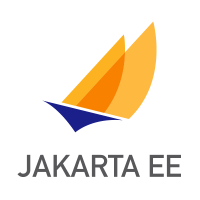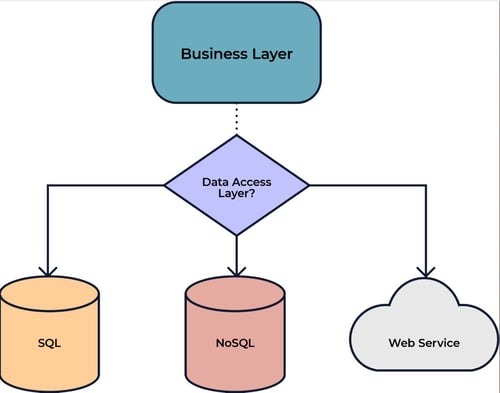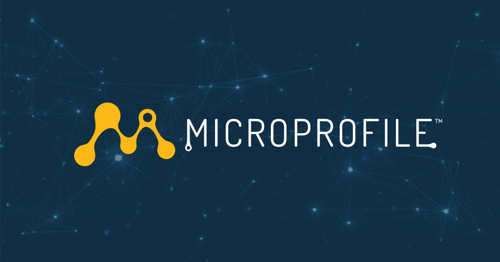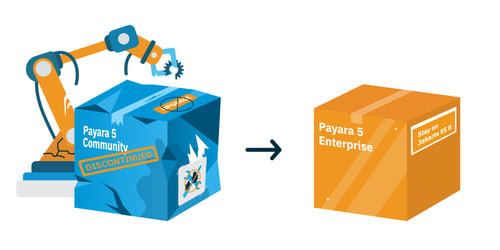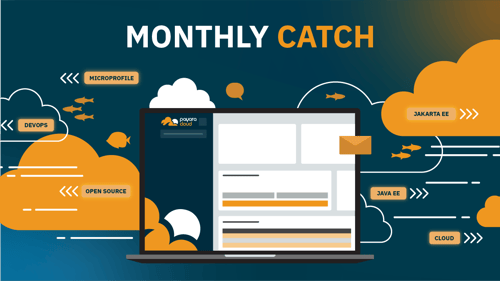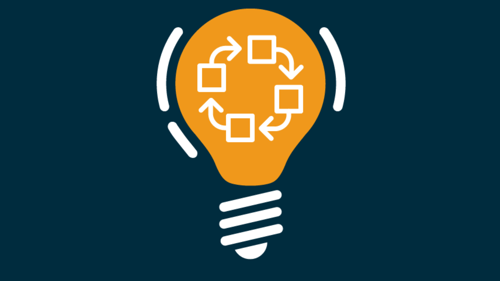Archive from December 2022
Enterprise Batch Processing with Jakarta Batch - Part 1
Published on 28 Dec 2022
by Luqman Saeed
Topics:
JakartaEE,
Jakarta EE,
Batch Processing
|
1 Comment
Batch processing is an integral part of enterprise applications. Reading, processing and storing vast amounts of data is mostly suited to batch processing runtimes that are optimized for such workloads. Inventory processing, payroll, report generation, invoice/statement generation, data migration, data conversion among others are all tasks that are suitable to batch processing.
Batch processing typically involves breaking data loads to be processed into smaller "chunks," which are also broken down into even smaller units for processing. The batch processing is then carried out on a single unit of the data, one at a time, without any human intervention. This makes the processing of a significantly large amount of data very efficient and fast. Batch processing can also be parallelized to take advantage of the hardware capabilities of the underlying computer.
This blog series will show you how to create batch processing tasks on the Jakarta EE Platform. The blog is broken down into a series of posts, each blog covering a specific part of the batch specification. This blog introduces you to the Jakarta Batch specification and gives a high level overview of what constitutes a batch task.
Remote CDI Events in Payara Platform
Published on 26 Dec 2022
by Luqman Saeed
Topics:
Hazelcast,
CDI,
JakartaEE,
Jakarta EE
|
0 Comments
The Jakarta Contexts and Dependency Injection API is the standard dependency injection framework on the Jakarta EE Platform. The latest version of the CDI specification that shipped withJakarta EE 10 is CDI 4.0. This release features a split of the core CDI API into Lite and Full. CDI Lite is designed to run in more restricted environments, and features a subset of the original features. CDI Full contains the Lite and all other features that were in core CDI in previous Jakarta EE releases.
A Guide To Contributing to Jakarta EE 11
Published on 22 Dec 2022
by Luqman Saeed
Topics:
JakartaEE,
Jakarta EE
|
0 Comments
Therelease of Jakarta EE 10marked the dawn of a new era for the platform. This release is the first major, community driven release of the platform since it was transferred to the Eclipse Foundation. As a community driven project, the platform is open for everyone to contribute to. One of the advantages of using Jakarta EE for your projects is that you can directly have a say in the direction and future of the platform. With Jakarta EE 10 out of the way, the focus will soon shift to the next release, Jakarta EE 11.
What Is Jakarta Data?
Published on 21 Dec 2022
by Luqman Saeed
Topics:
Jakarta EE,
Jakarta Data,
JPA
|
0 Comments
The defacto way of accessing relational data in a Jakarta EE application is through the use of the Jakarta Persistence API. For NoSQL data access, one can now use the much newerJakarta NoSQL API. Jakarta Persistence especially has worked quite well and been serving its purpose with both its support for native queries, JPQL and Criteria queries. However, modern data access paradigms have meant having to pull in third party libraries to enjoy some more abstractions.
What’s New in Eclipse MicroProfile 6.0?
Published on 14 Dec 2022
by Luqman Saeed
Topics:
MicroProfile,
JakartaEE,
Jakarta EE
|
0 Comments
The Eclipse MicroProfile project is a Jakarta EE based project that augments the platform with cloud-native APIs for developing applications for the cloud. MicroProfile has had five previous version releases, with the latest being 6.0. Versions prior to 6.0 were built on the Jakarta Contexts and Dependency Injection, Jakarta RESTful Web Services and Jakarta JSON APIs.
What's New in the December 2022 Payara Platform Release?
Published on 13 Dec 2022
by Priya Khaira-Hanks
Topics:
What's New,
Java EE,
MicroProfile,
JakartaEE,
New Releases,
JDK 17
|
0 Comments
It's the final release of the year and the final release of Payara 5 Community!
Payara Platform Community 6.2022.2 brings 20 component upgrades, 8 bug fixes, 2 security fixes and 4 improvements. Payara Platform Enterprise 5.46.0 brings 45 component upgrades, 13 bug fixes, and 2 security fixes.
Payara Platform Community 5.2022.5 is the final release of the Payara 5 Community stream.
All releases contain a key fix for a vulnerability in web applications deployed as the default module of an instance's virtual server configuration. Read more details below!
Simplify Jakarta EE in the Cloud!
Published on 12 Dec 2022
by Priya Khaira-Hanks
Topics:
Java EE,
Cloud,
MicroProfile,
JakartaEE,
Payara Cloud
|
0 Comments
Jakarta EE 10: Frequently Asked Questions (FAQs)
Published on 07 Dec 2022
by Luqman Saeed
Topics:
MicroProfile,
JakartaEE,
Jakarta EE
|
0 Comments
Introduction to Jakarta EE Frequently Asked Questions (FAQs)
Jakarta EE (formerly Java EE) is a software development platform built on top of the Java Standard Edition, for creating modern applications of all types and sizes for the cloud or in-house. It has gone through a number of evolutions to its present Jakarta EE incarnation. The goal of this blog post is to answer commonly and frequently asked questions about Jakarta EE and enterprise Java software development in general. There are a number of old preconceived notions out there about the platform. This blog post seeks to shed light on a number of these notions within the context of the current platform.
Payara Monthly Catch: November 2022
Published on 05 Dec 2022
by Priya Khaira-Hanks
Topics:
Microservices,
MicroProfile,
JakartaEE
|
0 Comments
Payara Platform Deployment Issues? Try Switching Off XML Validation
Published on 01 Dec 2022
by Petr Aubrecht
Topics:
JakartaEE,
Jakarta EE
|
2 Comments
During deployment of Jakarta EE applications to the Payara Server, all the xml files (e.g. web.xml, persinstence.xml) are verified against its schema.
Payara Platform includes all standard Jakarta EE schema, so there is typically no reason to download external schema to check against xml files. However, if the application uses external schema, in very rare cases, there may be an error during deployment. In this blog, I describe a quick fix to avoid this.


